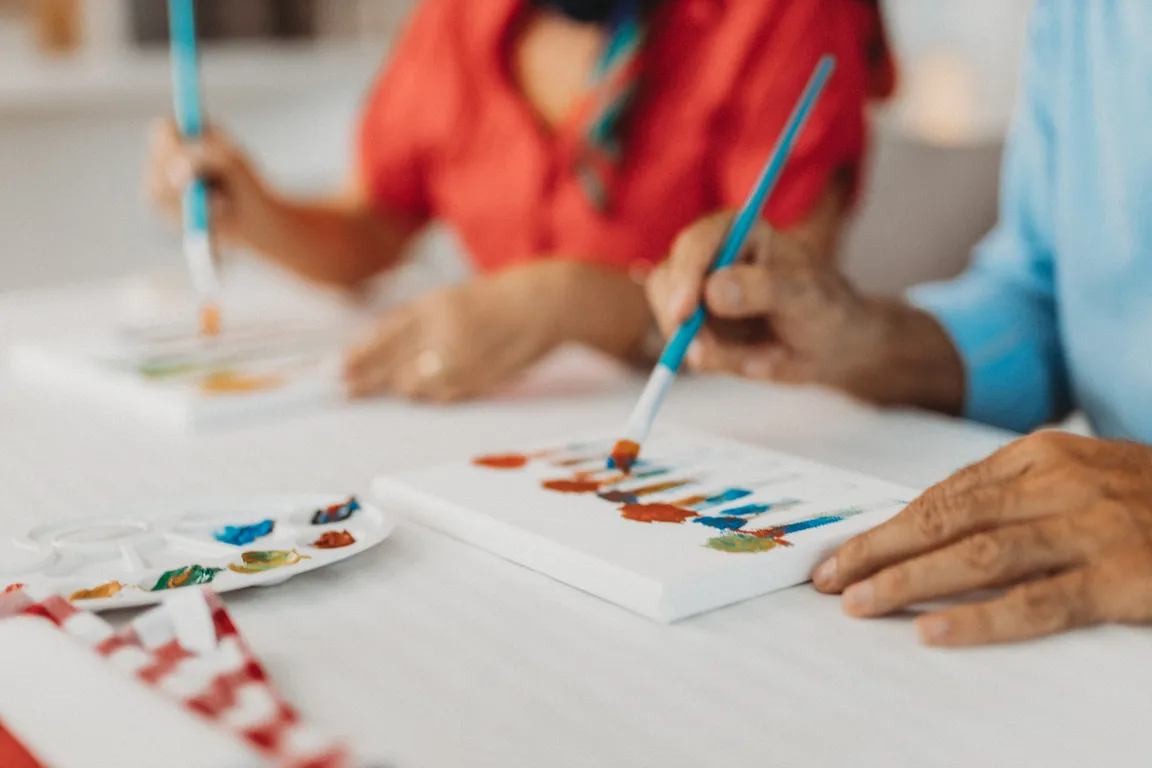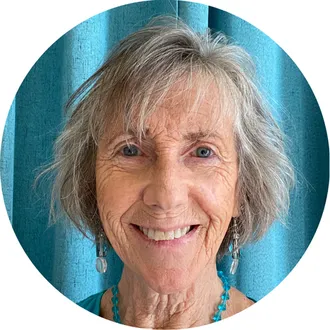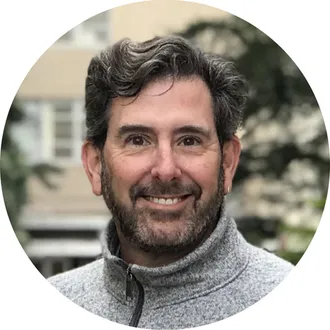How to Integrate Medical Humanities into Your Palliative Care Practice

On a palliative care home visit, a 100-year-old patient with advanced cancer reported existential distress associated with a fervent desire to spread and document the legacy of his wife who had died a few years earlier. As part of a pilot medical humanities intervention led by a spiritual care professional, he took part in a narrative life review, which was recorded, transcribed, and shared with his family. Participants, including medical learners, described this intervention as a meaningful, rejuvenating experience. Their feedback and excerpts of the final legacy product were shared with palliative care team members and donors who support the palliative care home visit program.
All About the Medical Humanities
Medical humanities is an interdisciplinary field that examines the human experience of health, illness, healing, and care through the lenses of the humanities, arts, and social science. This approach represents the convergence of anthropology and many interdisciplinary fields of expression (including visual art, narrative writing and poetry, music, and performance arts). Medical humanities are inextricably intertwined in all facets of clinical practice and education, especially in the care of people with serious illness. The humanities pervade each of our patient-clinician interactions, from acknowledging a moment of shared grief, to experiencing collective humility and awe in the face of existential suffering or meaning. With such an all-encompassing nature, the “art of medicine” can be elusive to define and apply to clinical practice.
Medical humanities is an interdisciplinary field that examines the human experience of health, illness, healing, and care through the lenses of the humanities, arts, and social science.
Fortunately, practical applications have emerged. These programs have integrated core aspects of the medical humanities into well-described methodologies to serve people with serious illness, as well as the clinicians, staff, and caregivers who support them—promoting reflection, resiliency, and education. Early research has demonstrated that these interventions and programs can be feasible, reproducible, and beneficial in palliative care settings.
The following recommendations are meant to serve as an introductory “starter pack” to design and incorporate medical humanities interventions into palliative care practice, education, and team sustainability structures.
How to Design and Incorporate Medical Humanities into Practice
Step 1: Why the Medical Humanities?
Before incorporating the medical humanities into your practice and deciding on the model, you first need to clarify why this approach is needed. There are many possible indications for medical humanities interventions, including: using expressive arts or music to help patients with processing and adaptive coping mechanisms; using poetry to facilitate team purpose and bonding; or using narrative medicine workshops for medical education and self-reflection.
Consider some of the unique characteristics and strengths of medical humanities approaches: the ability to attract diverse interest and engagement, possibilities for non-verbal communication, the power of symbolism and metaphor, and the opportunity for trust-building and community. Program goals should be clearly articulated, informing how a medical humanities intervention can be strategically tailored to your practice.
Program goals should be clearly articulated, informing how a medical humanities intervention can be strategically tailored to your practice.
Step 2: Define Your Target Audience, Setting, and Outcomes:
The next step is to define the appropriate audience, setting, and desired results. Who is your target population (e.g., patients, caregivers, clinicians, learners, other staff/health care workers)? What are appropriate target group sizes and compositions? Will the intervention be online or in-person? Based on the established goals of the program (e.g., reflection and emotional support for patients and/or caregivers, patient or provider education, clinical team-building, provider resiliency and sustainability), what evidence will you observe or collect to demonstrate success?
To illustrate a range of possible target audiences, settings, and goals, our interprofessional authorship group describes examples of medical humanities programs at two of our institutions below:
University of California San Francisco (UCSF)
Our palliative care education center (the MERI center) offers multiple weekly poetic medicine programs with different goals and target audiences. These online programs include a general poetic medicine program (“Food for Thought”), one focused on grief for patients and their families (“Lose, Losing, and Loosening”), and one focused on the experience of clinicians (“Poetic Medicine for the Wounded Healer”). Each session is free to participants, open, and comprises up to 20 participants and a facilitator. Based on MERI records and an informal study of participant outcomes, more than 5,000 participants have engaged with Poetic Medicine over the last 5 years and nearly all report a sense of increased well-being and decreased loneliness after a single session. At UCSF, the MERI activities occur in the context of other uses of medical humanities within the cancer center. To promote team sustainability and reflection, our interprofessional outpatient palliative care team meetings open with the reading of a poem and close with a gratitude practice. In addition, the Art for Recovery program facilitates artist-supervised art making for patients and their loved ones, available to both inpatients and outpatients at the cancer center.
Division of Geriatrics and Palliative Medicine at Weill Cornell Medicine (WCM)
We launched medical humanities initiatives to achieve a variety of clinical and educational goals for different target audiences. To address burnout and community-building across departments and medical education programs, we run a museum-based program (“Connecting Art and Medicine”) at the Metropolitan Museum of Art. To facilitate socialization among older adults within the WCM Center on Aging’s “Wellness Program”, a series of virtual community groups are facilitated by a licensed art therapist in collaboration with physicians, social workers, and researchers (“Multimodality Usage in Clinical Communication”). To improve communication skills, a palliative care improv training program was developed for interprofessional palliative care clinicians. For internal team-building, a bi-annual gallery and open-mic event (“The Baker Louvre”, referring to the Baker building that houses our Division offices) hosts clinicians and staff in an intimate environment for self-expression. These programs have received consistently positive reviews in post-surveys.
It is essential to understand and address your organizational gaps and priorities in order to design a successful medical humanities program or intervention.
Like the field of hospice and palliative care, the medical humanities can take on many forms, as illustrated in the examples above. It is essential to understand and address your organizational gaps and priorities in order to design a successful medical humanities program or intervention.
Patient-Facing Programs:
- Poetic Medicine: “Lose, Losing, and Loosening” (UCSF MERI Center)
- Art therapy groups: Wellness Program (WCM Center on Aging)
- Supervised art making: Art for Recovery (UCSF)
Clinician-Facing Programs:
- Poetic Medicine: “Poetic Medicine for the Wounded Healer (UCSF MERI Center)
- Museum-based programs: “Connecting Art and Medicine” (WCM)
- Team-building/Sustainability programs: “The Baker Louvre” (WCM), team poetry readings (UCSF)
Medical Education Programs:
- Clinical communication training: Palliative Care Improv (WCM)
Step 3: Determine the Level of Professional Expertise and Support Needed
After defining your target population and choosing a model, it is important to consider the level of professional expertise and support that will be required, especially for facilitation. As in most palliative care endeavors, interprofessional teamwork is crucial to addressing the wide range of components of an effective medical humanities initiative. For high-stakes, complex settings, such as those involving vulnerable patient populations, early involvement of a credentialed medical humanities professional (such as a licensed creative arts therapist or an experienced educator) is recommended to ensure participant safety and intervention quality. Consider reaching out to experts within your organization, community, or professional societies for additional guidance.
Step 4: Consider Organizational Priorities
In the absence of a system that directly reimburses medical humanities interventions, programs should be carefully designed to align with leadership incentives and to track measurable outcomes. These organizational priorities may include reducing staff turnover, improving interdepartmental relationships, or increasing philanthropic interest. Notably, medical humanities initiatives have a unique fundraising advantage: they intrinsically engage in highly effective storytelling, which can powerfully resonate with donor interests and organizational priorities.
Regardless of the business model, small and informal practices can have a profound impact—lean, targeted interventions are generally more practical to implement than large, high-budget programs.
Conclusion
The medical humanities represent an impactful, unifying opportunity that can be especially rewarding to implement as part of hospice and palliative care practices. The medical humanities are uniquely appropriate for addressing several fundamental challenges to our field: cultivating empathy and curiosity in the face of burnout and moral distress, enabling new modes of expression to improve accessibility for our most vulnerable patients, and protecting the essence of humanity amidst the rise of technology and profit-driven health care incentives. With thoughtful preparation and strategic intentionality, palliative care teams are well-positioned to build and advocate for medical humanities interventions, augmenting our impact across a variety of medical settings.



